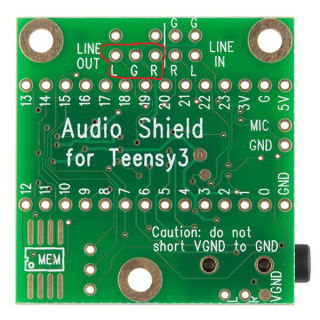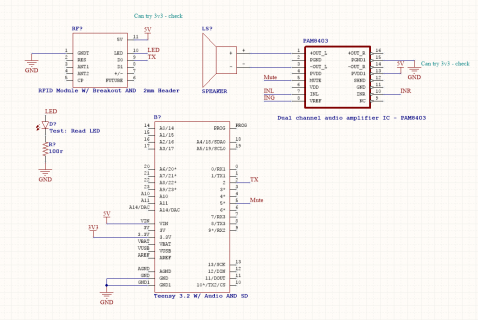orbitronics
Well-known member
Hi!
As the title says, i salvaged a 2W 8ohm speaker from a radio and i'd like to play audio from the line out of the teensy audio on it, but i'm not exactly sure if i should include an amplifier.
Would anyone be able to point me in the right direction ?
Thanks!
As the title says, i salvaged a 2W 8ohm speaker from a radio and i'd like to play audio from the line out of the teensy audio on it, but i'm not exactly sure if i should include an amplifier.
Would anyone be able to point me in the right direction ?
Thanks!



